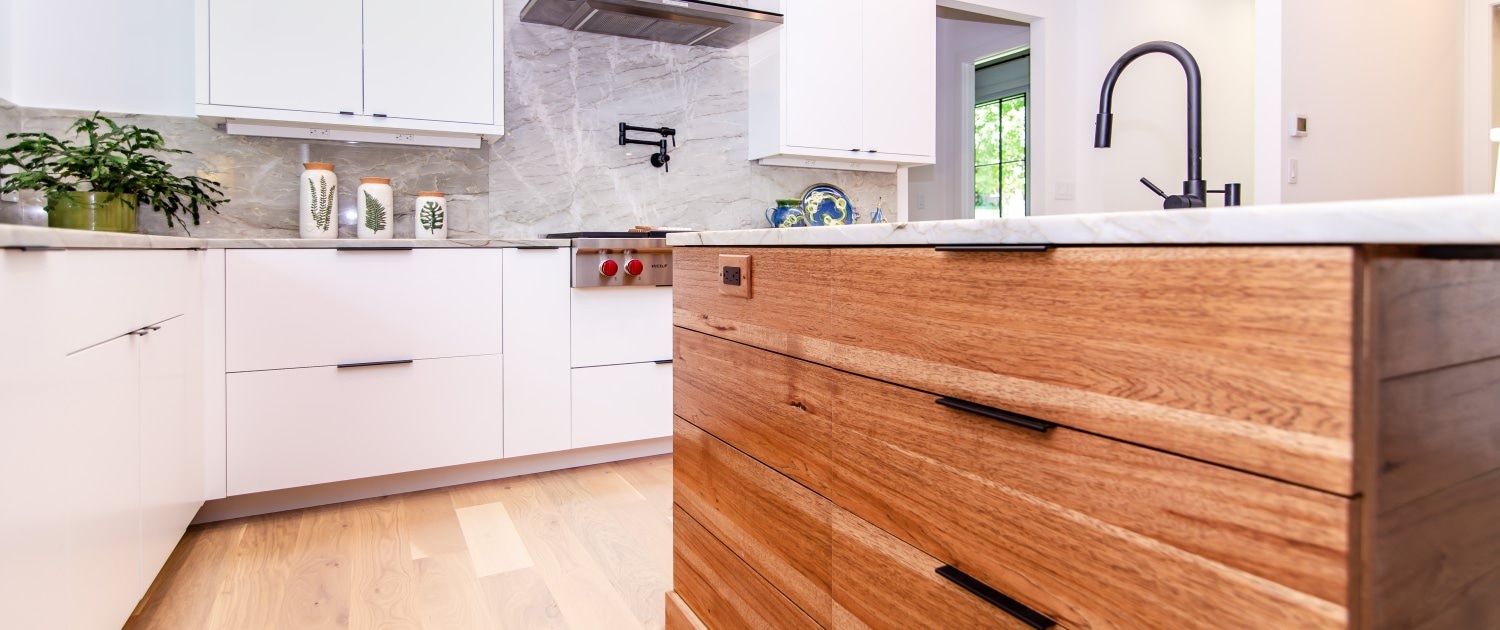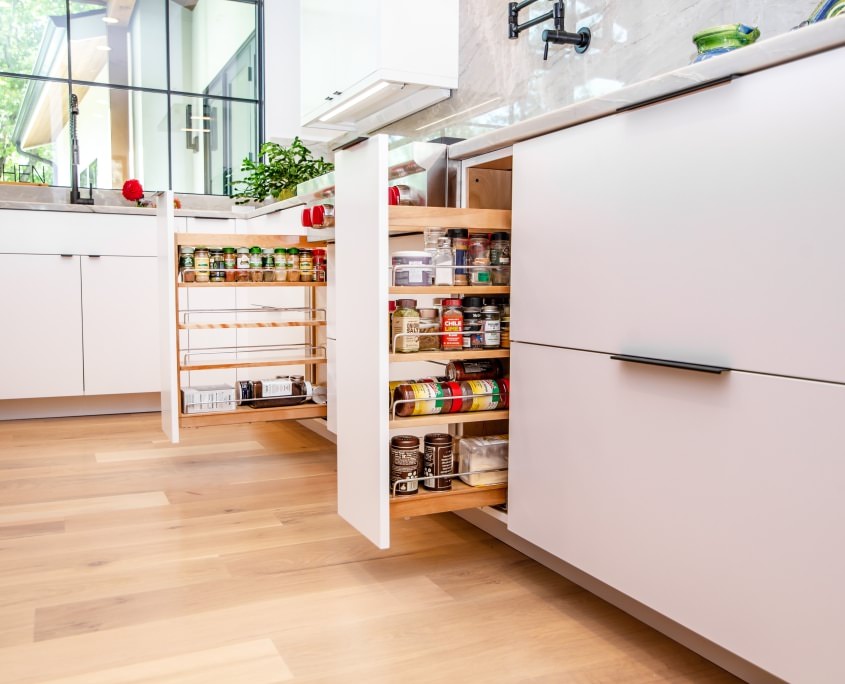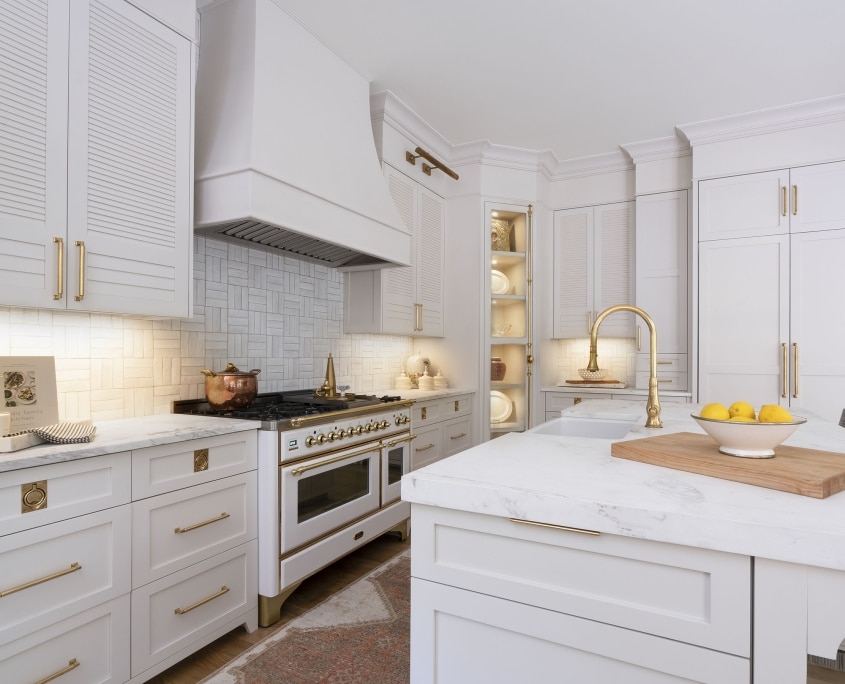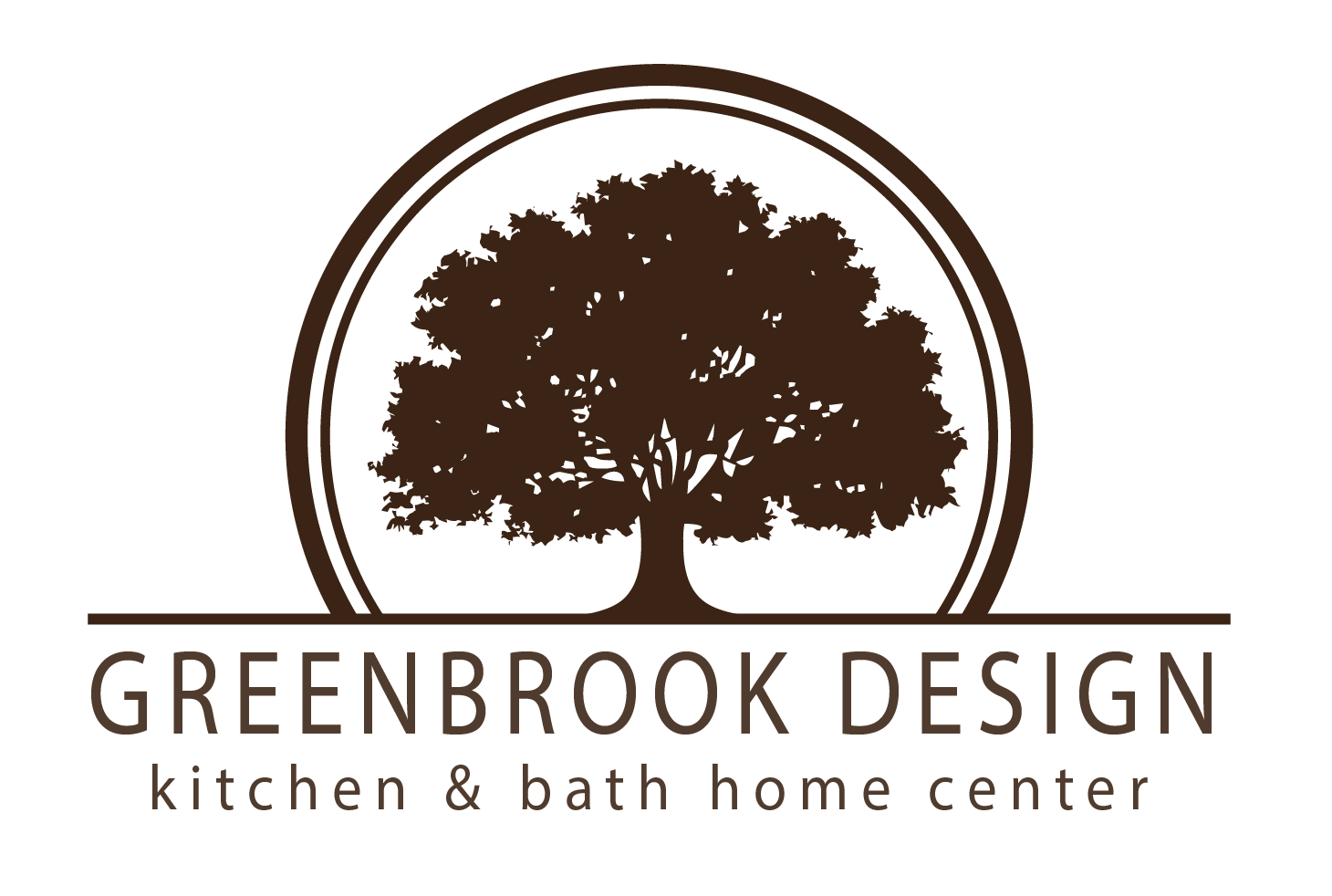 Post by Stacey Walker. Stacey mostly works behind the scenes for Walker Woodworking, managing day to day operations, and marketing. Stacey has helped many clients create their dream space.
Post by Stacey Walker. Stacey mostly works behind the scenes for Walker Woodworking, managing day to day operations, and marketing. Stacey has helped many clients create their dream space.
10 Kitchen Design Mistakes not to Make
Whether it is renovating or building brand new, designing a kitchen requires a lot of thought and planning. The final results should delight you and make you glad to hang out in your awesome heart of the home. There are so many moving parts involved with a kitchen renovation that it is easy to overlook certain areas where design mistakes can happen so we thought we would share 10 mistakes to avoid.
-
Not setting a budget
A budget is one of the number one factors to any design project as it becomes the guide for everything from what hardware you select to the type of cabinetry. It is recommended to never even begin your project until you have set a budget in place. Take time to go over the things on your wishlist, evaluate the cost for each item before moving forward. Doing this will help you know how much you can spend and where you may need to conserve on certain selections. Having a set budget can also help you avoid impulse buying and keep you on track.
-
Forgetting the details
Details are some of the most important elements in a kitchen design but often get neglected. They will however make themselves known such as not enough outlets and hardware that is either not enough or does not function properly. Be sure to plan for the little things such as outlets because they matter. Even what type of sink such as a farmhouse or stainless steel are important in the overall flow and function of your new kitchen.
-
Not planning for storage
Planning is a critical part of the design, especially when it comes to storage. Knowing how much space you will have plus all that needs to go into that said space is important to designing a functional kitchen. Look for areas that can be maximized such as blind corner cabinets. Consider putting in lazy susan or roll outs which can be used in pantry cabinets. This will instantly increase the usability and guarantee that there will be enough room for everything plus it is easier to maintain. Of course it is also a good idea to go through your items to see what really needs to stay and what can be sold or donated.
-
Insufficient lighting
Lighting is an important element in any area of the home but it is easy to neglect it when you are designing. While natural light is good we sometimes forget that it is not a constant source of light which is why it is always a good idea to combine it with additional fixtures. Task lighting is a great choice for areas that struggle with shadows such as under the cabinets and corners. Skipping on lighting can create problems later, especially in the kitchen where we do more details more like cutting food. Talk with your designer about
-
Following trends
Trends can be a great thing as they showcase the newest and brightest in the design world but they are not for everyone and sometimes they don’t last. This last point is important to remember if you are not sure whether or not this home is your forever space and may want to resell later on. Remember that it is okay to say no to a trend, they were never meant to dictate your style, only to spark some creativity for your project. Renovating your kitchen is something that is meant to last so selecting your cabinet colors and door styles should be given a good amount of thought before finalizing it. Your designer can assist you with selecting the very best ideas to create the perfect space.
-
Bad layouts
The kitchen is a busy area of the home as family members come in and out throughout the day which makes the flow of traffic and layout a priority. The kitchen triangle is still a key rule of design which keeps the stove, sink, and fridge within easy distance or lines of each other. Having work stations is also another important factor as it lets you create defined spaces where you can bake, prep, and cook. The result is less stress and fewer run-ins with each other and more time spent making memories. A good designer can help you maximize your space with a layout that is perfectly suited for your lifestyle.
-
Appliances are not an afterthought
Cabinets are often at the forefront of our mind when doing a kitchen renovation but there are a few other things that need to be factored into the design such as appliances. Often they are an afterthought but this can create problems later because the model you ordered is larger than you anticipated or you ended up selecting one that was smaller instead. Think about which ones you want and where they need to go. Sometimes this will require adjusting the layout. Ask yourself if you want the appliances to be exposed or will you want them to be paneled which means they blend in with the cabinetry. Discuss this with your designer so they can help you plan accordingly.
-
No countertop space
If you were to try and label one specific feature in the kitchen that did the lion’s share of the work it would be the countertop. Everything from meal prep to serving is done here. You stack the dirty dishes waiting to be cleaned, you line up your ingredients for dinner, and even let the kids sit on the island and do their homework. Cutting yourself short of counter space can lead to problems later as you try to get everything done with limited space or rubbing elbows with everyone else. Make sure to take the time to include sufficient countertop space.
-
Neglecting backsplash
The kitchen is a vital part of the home which means it should also be protected so that it will last, one of those protective elements includes backsplash. Often thought of as a decorative term, it is also one of the more functional parts in the kitchen design. It is meant to protect the walls against grease splatters and sauce splashes. Backsplash is also easy to clean, making maintaining your kitchen a breeze. You can choose from countless patterns and colors meaning that it can become a focal point in the kitchen as well. Some have even opted to have their countertop continue up giving it a unified appeal.
- Inadequate flooring
We walk all over it every day but rarely give it a thought. Flooring material matters especially in the kitchen where it can be exposed to grease, food spills, and liquid accidents. Choosing a material for your floor that will stand up against the day to day wear is important. Some great choices would be tile, especially ones that look like a wood floor. Your designer can assist you with selecting a flooring material that is reflective of your style and can handle anything needed.
Avoid these kitchen mistakes
Kitchen renovations are a big decision which means every aspect matters. Having a designer working with you means someone with experience can help you make the best decisions for you and your family. This reduces stress and can help make this renovation journey much more enjoyable plus produce an amazing project.







